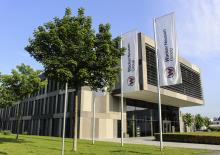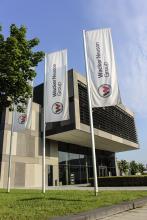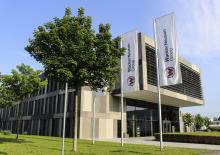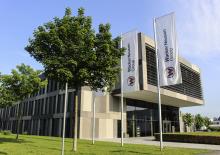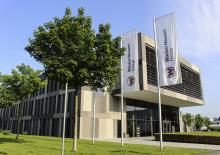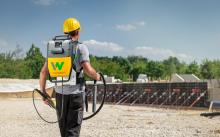Wacker Neuson is benefiting from a growth in sales.
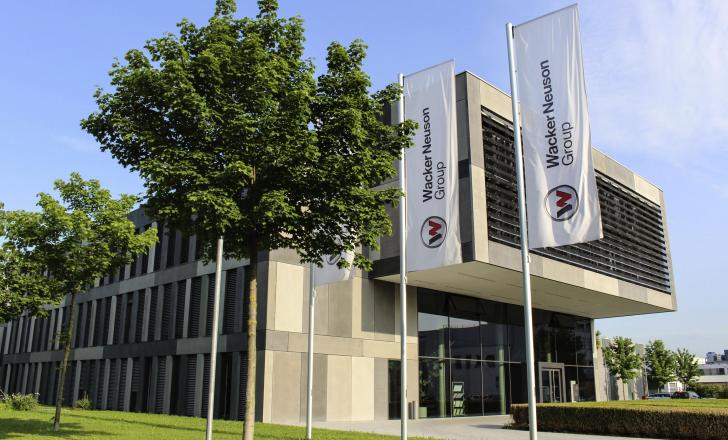
Wacker Neuson has seen a strong start to 2022
Compact construction machine maker Wacker Neuson claims a dynamic start to 2022. For the first quarter the firm says that revenue has increased 20.2% to €521.5 million from the €434 million of the previous year. Adjusted for currency effects, this corresponds to an increase of 18.4%. The firm also says it has seen double-digit growth across all reporting regions.
However, profitability was impacted by continued supply chain strains and sharp rises in input costs: Earnings before interest and tax (EBIT) fell 10.3% to €39.1 million, compared with €43.6 million for the same period in 2021. The EBIT margin amounted to 7.5%, which represents a decline of 250 basis points.
“Despite continued supply chain challenges, our teams succeeded once again in meeting dynamic demand for our products and delivered another quarter of strong growth. At the same time, the coronavirus pandemic and continued supply chain disruptions are still impacting operating workflows and resulting in rework. Along with the high cost of materials and rising energy prices, these factors are putting our gross margin under pressure,” explains Dr Karl Tragl, chairman of the Executive Board and CEO of the Wacker Neuson Group.
Revenue for Europe (EMEA) for the first quarter rose 17.9% relative to the previous year to reach €411.6 million compared with €349.2 million for the same period in 2021.
The company says that it benefited from strong demand for excavators, wheel loaders and dumpers for the construction industry. Wacker Neuson’s own rental business also developed on a positive trajectory.
In the Americas, positive trends in the US and Canada maintained momentum. Revenue in the first quarter grew at an above-average rate of 32.9% to reach €90.8 million, driven in part by strong demand from key accounts.
In Asia-Pacific, revenue increased relative to the previous year by 16.4% to €19.2 million. The upturn amounted to 12.7% when adjusted for currency effects. There was sustained strong growth in Australia, particularly in excavators and rollers, but the company continued to face a challenging market in China.
Repeated interruptions to machine production and the rework effort required as a result of overstretched and continually disrupted supply chains had negative impacts on costs and plant productivity. Higher procurement expenses for materials and energy combined with rises in shipping costs all placed additional pressure on the gross margin. Sale price increases and a further reduction in sales, research and development, and administrative expenses as a share of revenue could not fully compensate for the negative effects on gross profit.

